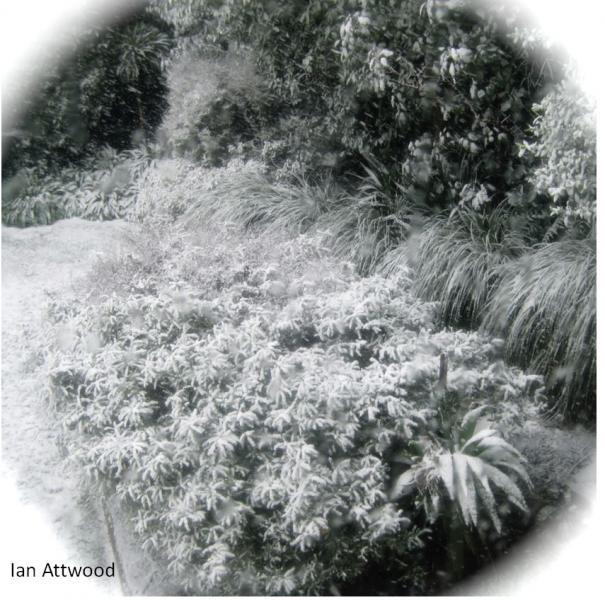The photos in this blog were taken by MetService staff in August 2011.

Photo taken by Ian in Karori, a western suburb of Welington.
We’ve just come out of a cold, snowy spell – the most significant of this winter so far. Ski fields nationwide are well topped-up, the Tararua range has been textured with snow after a pretty bare winter, and parts of the central North Island continue to suffer the effects of substantial snowfalls and drifts.
 Fresh snow on the Alps and Canterbury foothills - as @ Monday 11 May 2009. (Image courtesy of MODIS Rapid Response Project at NASA/GSFC.)
Fresh snow on the Alps and Canterbury foothills - as @ Monday 11 May 2009. (Image courtesy of MODIS Rapid Response Project at NASA/GSFC.)